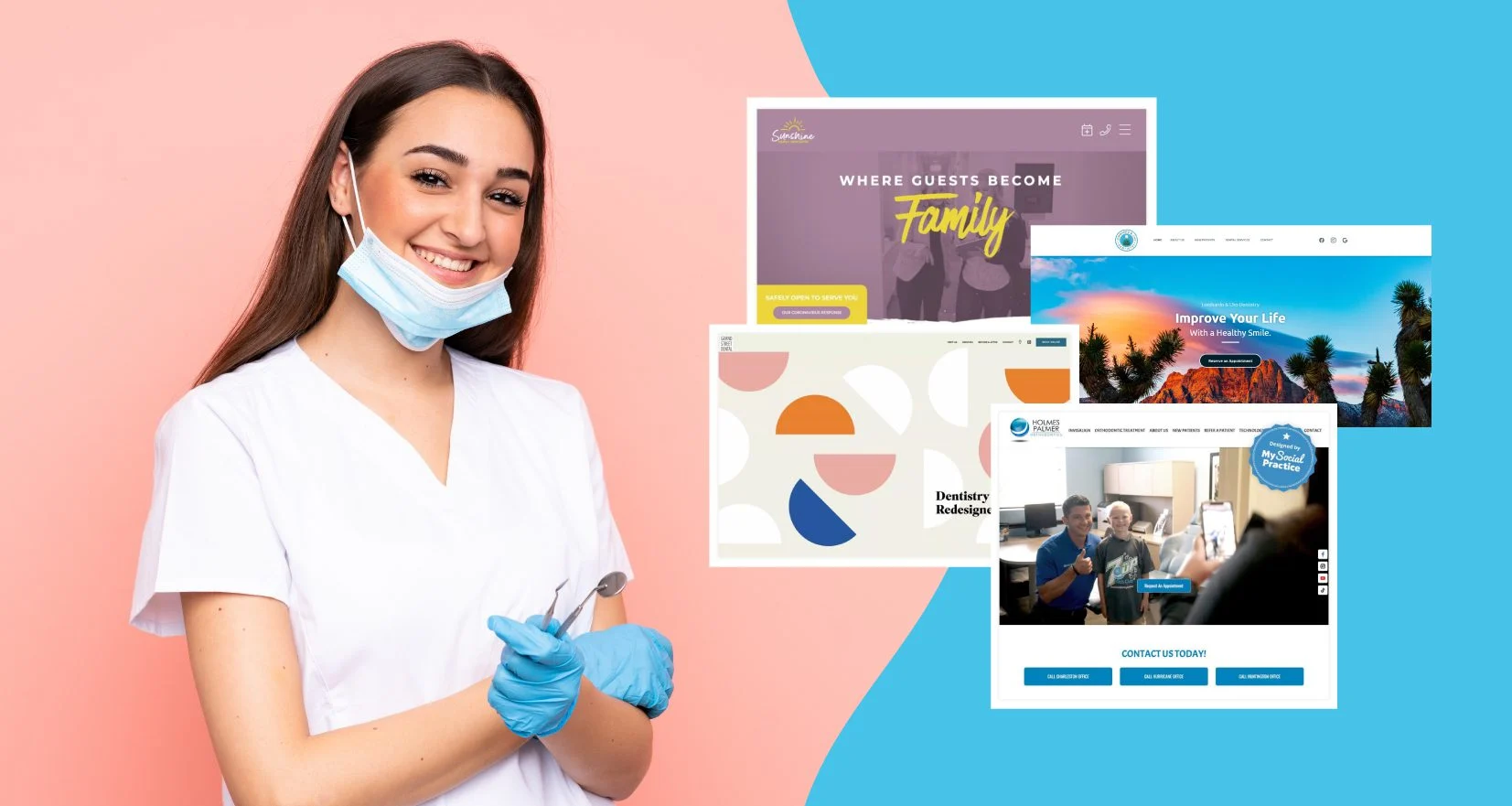There was a time when a dental website only needed a smiling photo, a phone number, and a list of services. That time feels like a lifetime ago.
In 2026, something has quietly changed. Dental websites have become emotional spaces, shaping how patients feel before they ever book an appointment.
A website today is more than digital presence. It’s the waiting room before the waiting room, where impressions and emotions form within seconds.
Modern practices are learning to treat this space as an experience, not a checklist. Many are investing in advanced dental web design that balances aesthetics, technology, and empathy. Because at its core, patient choice now begins with digital confidence.
How Patients Decide Before They Even Call
The modern patient journey begins long before the first phone call. Search behaviour shows that patients aren’t simply typing “dentist near me” anymore. They’re searching with feelings in mind: “gentle dentist,” “pain-free clinic,” or “family dental care that listens.”
Those phrases say more than they seem to. They reflect trust, comfort, and the desire to be understood.
According to healthcare research from Think with Google more than three-quarters of patients explore a clinic’s website before choosing to book. That makes the digital impression the first emotional handshake between clinic and patient.
Patients today expect clarity, warmth, and professionalism in design. They notice tone, language, and the overall sense of calm that the site projects. Even subtle design cues like a soft colour palette, accessible layout, or natural photography can make a patient feel at ease.
Why Design Matters More Than Ever
A dental website once existed to display information. Now it communicates personality.
User experience studies show that visitors form trust opinions within a fraction of a second after landing on a page. For patients who may already feel anxious about visiting the dentist, design either reassures or adds to that hesitation.
This is why the most successful dental websites in 2026 are built around emotional design. They are simple, calm, and clear. The best sites avoid clutter and heavy language, instead guiding patients through a smooth and familiar journey.
A clean design signals care. Warm, authentic imagery reflects humanity. Straightforward navigation creates a sense of reliability. These are all small details, but together they build emotional safety.
As one Melbourne-based design strategist described it, “Good dental websites don’t try to impress people. They try to calm them.”
Where SEO and Accessibility Meet Patient Trust
Beyond first impressions, technical details still play a vital role.
With Google’s continued updates to Core Web Vitals and UX standards, page speed, accessibility, and responsiveness are no longer optional. For dental practices, these aren’t just search metrics. They are extensions of credibility.
When a website loads instantly, adjusts perfectly on mobile, and provides accessible content for all users, it communicates trustworthiness. Patients may not understand the mechanics, but they feel the difference.
SEO now works hand in hand with user experience. A well-structured page with clear titles, local keywords, and readable language helps the site rank better, but it also reassures visitors that the clinic is reliable. In this way, design and search visibility are simply two sides of the same trust equation.
Mistakes That Still Hold Clinics Back
Despite new tools and easier website platforms, many clinics still struggle to translate their care philosophy into digital form.
Common issues include:
- Overloading pages with jargon instead of explaining services clearly
- Using overly edited stock photos that look impersonal
- Forgetting to optimise for mobile use
- Ignoring accessibility features such as text contrast or alt descriptions
- Failing to make appointment buttons easy to find
None of these issues are catastrophic, but they create friction. A patient who feels even slightly confused or disconnected will often close the tab and move on to another clinic.
In an industry where trust is everything, design flaws don’t just harm usability — they quietly damage reputation.
The Future of Dental Websites
Looking ahead, the next phase of dental web design is not just about technology. It’s about emotion and connection.
Personalised interfaces, video consultations, and AI-based appointment systems are already appearing in many clinics. Yet the clinics that stand out aren’t necessarily the most high-tech. They are the ones that make people feel comfortable.
Patients want more than function. They want familiarity and reassurance from the first click. The dental websites leading in 2026 are designed to listen, to simplify, and to make care feel approachable.
A sense of calm, warmth, and organisation online mirrors the patient experience inside the clinic. That consistency is what builds loyalty.
Takeaway
Dental websites have quietly become extensions of the care experience. Every photo, layout, and line of text now carries emotional weight.
A well-designed website doesn’t just look professional. It speaks to patients in a language of reassurance and respect.
For dental clinics, web design in 2026 isn’t about decoration or trends. It’s about trust built pixel by pixel, long before the first appointment is booked.
Frequently Asked Questions
- How often should a dental website be redesigned?
Most practices review their site every three to four years to match current design standards, SEO updates, and patient expectations.
- Which design elements build patient trust most effectively?
Natural imagery, soft tones, simple navigation, and clear contact details make a strong first impression. They show professionalism and calmness.
- Is mobile design really that important for clinics?
Yes. More than two-thirds of dental searches now come from mobile users. If a website isn’t easy to read or navigate on a phone, patients often leave immediately.
- Does SEO influence trust or just visibility?
Both. When a clinic appears consistently on relevant search results and the website content matches what patients expect, it naturally builds reliability.
- What does the next trend in dental web design look like?
More focus on comfort, accessibility, and clarity. The design will move toward interactive storytelling helping patients understand what to expect before they arrive.




























